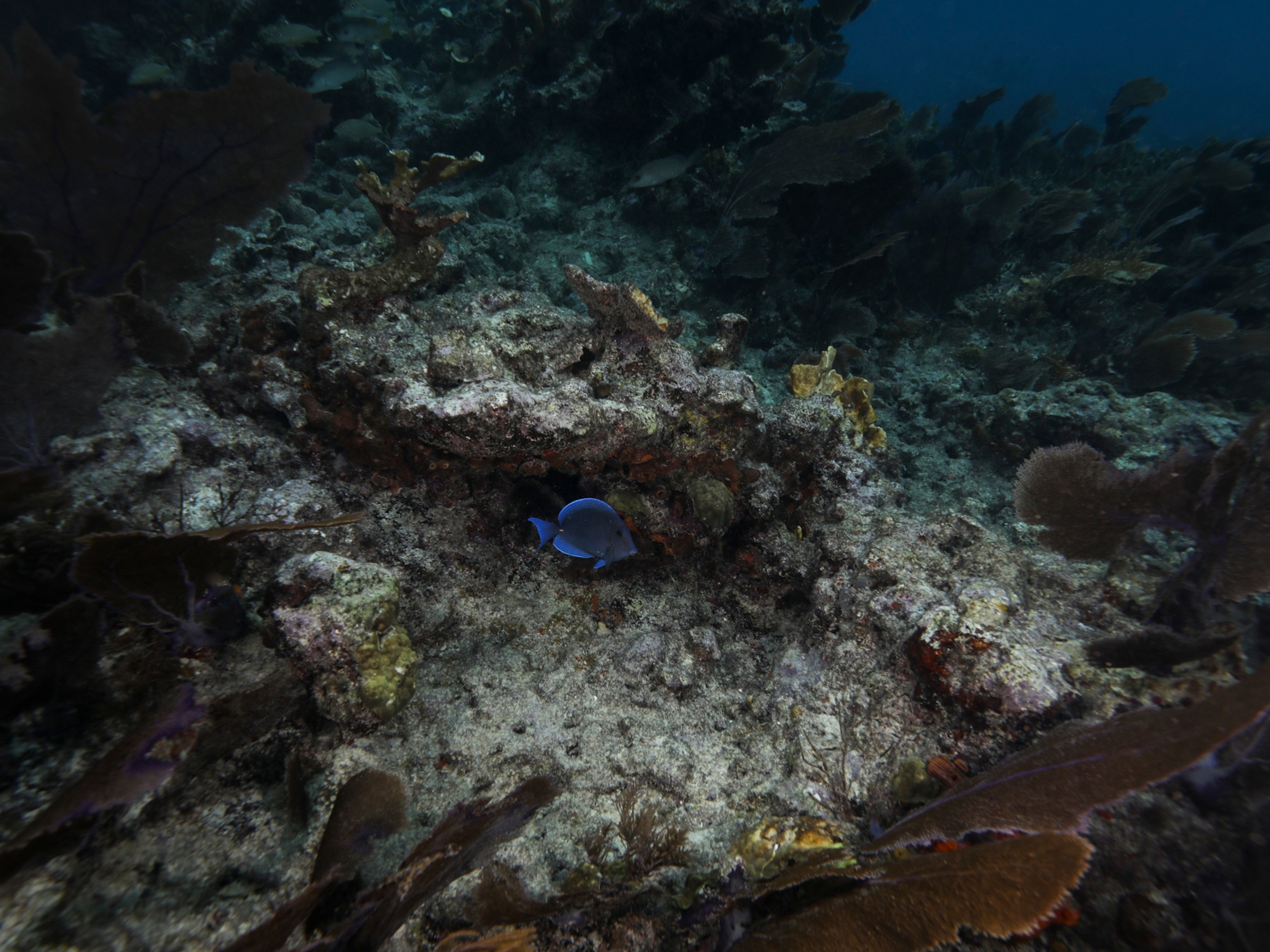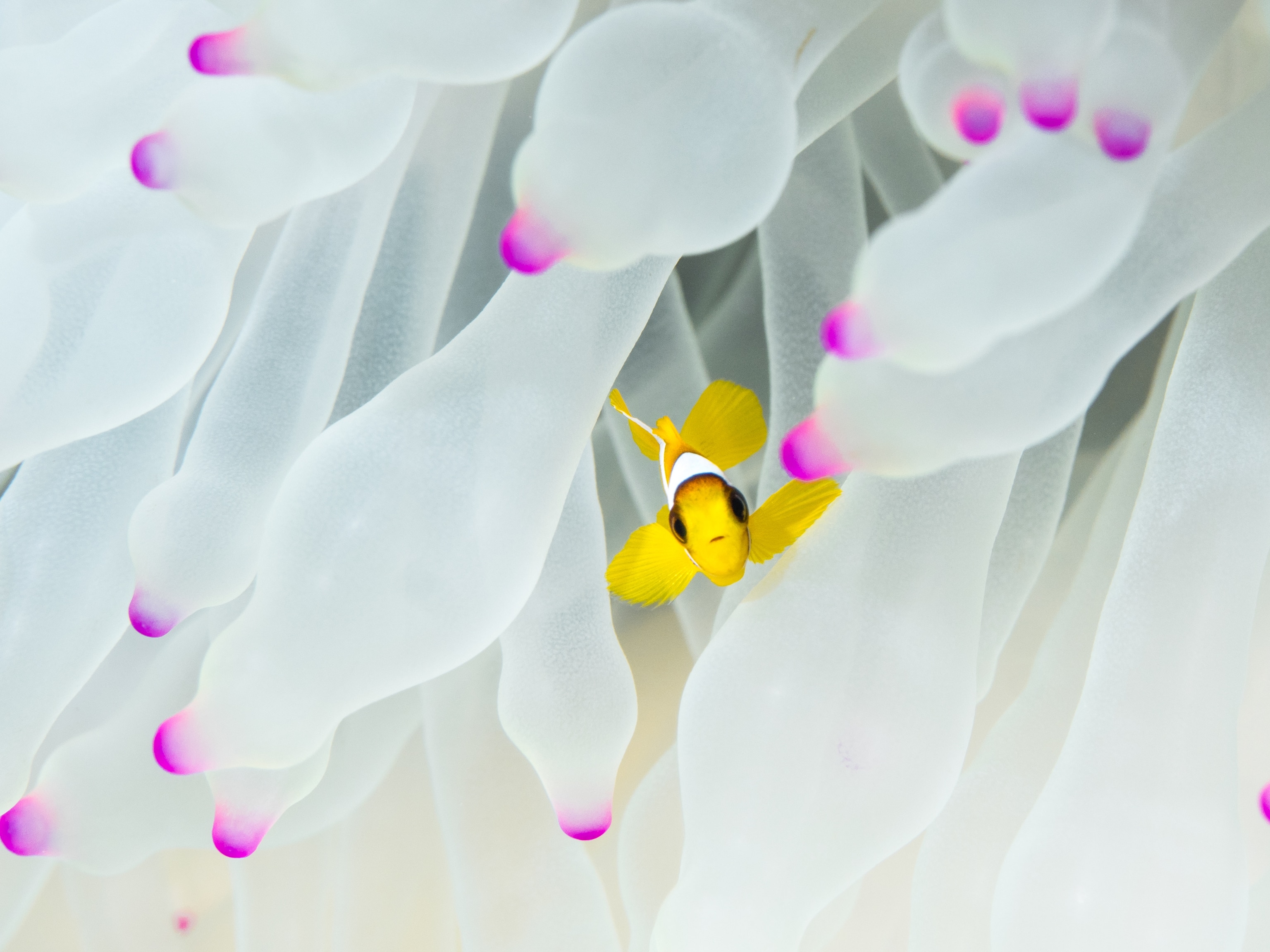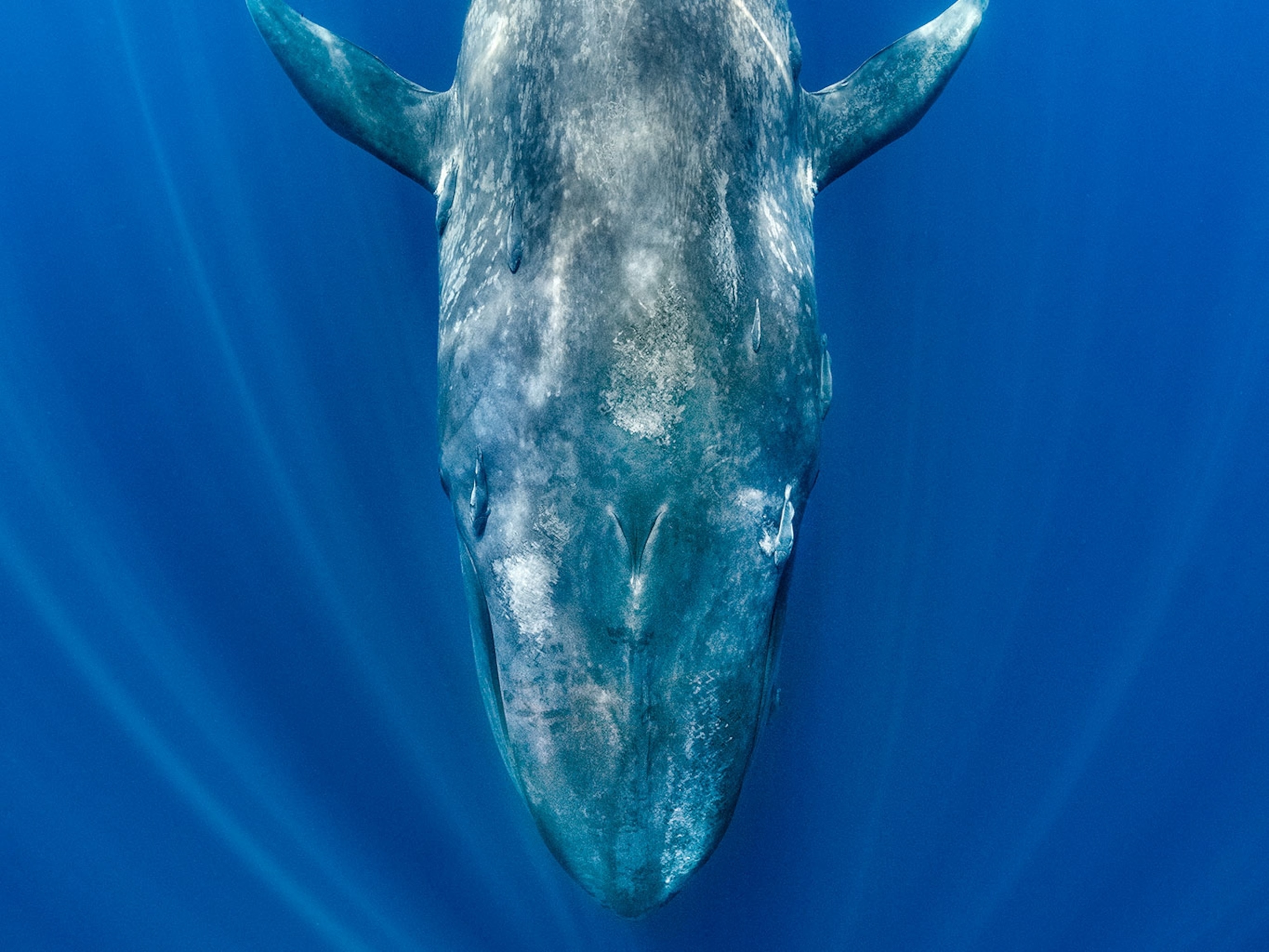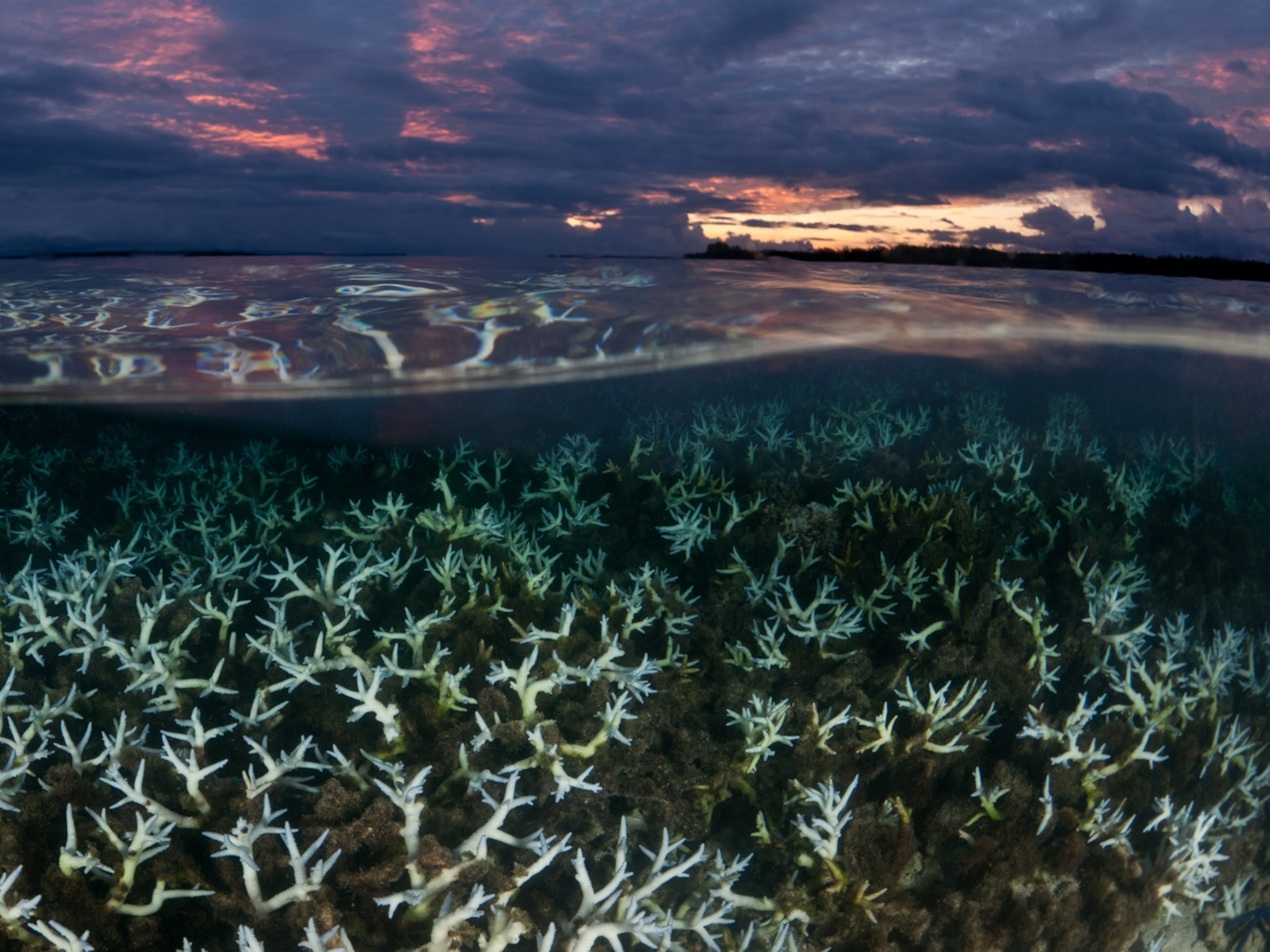Mysterious, Brain-Like Blob Found in Lagoon
Scientists are unsure if warming temperatures are causing the bizarre invertebrates to spread.
A gelatinous, mucus-like creature lurks in rivers and lakes—and it's called a bryozoan. Recently, they were spotted—for the first known time—in Stanley Park in Vancouver, British Columbia, when low water levels made them more visible.
Celina Starnes from the Stanley Park Ecology Society recently examined the specimen found in the area's "Lost Lagoon," a small body of water in the southern part of the park. In video created by the Vancouver Courier, Starnes shows the brownish green mass jiggling as it's pulled from the water.
In a phone call with National Geographic, Starnes explains that the creatures have a gelatinous, firm quality, "almost like Jell-o," she said.
Bryozoan clumps like these are actually hundreds of creatures living together in a colony. A single organism, known as a zooid, is only a fraction of a millimeter. Zooids are hermaphroditic but spread thanks to statoblasts, a clump of cells found on the organism that can reproduce asexually if broken off from the colony.
Fossil records date ancient marine bryozoans as far back as 470 million years. The species found in Stanley Park is commonly called a "magnificent" bryozoan, Pectinatella magnifica, and was previously only known to exist in areas east of the Mississippi River.
Where Did They Come From?
Whether or not the creatures are an invasive species has been a subject of debate among scientists. A 2012 report from the U.S. Fish and Wildlife Service theorized that climate change could be helping the creatures spread. Zooids can only survive in waters warmer than roughly 60 degrees Fahrenheit, and the report states that warming temperatures allow bryozoans to spread north.
The lumps filter feed on algae in nutrient-rich waters and an increase in their numbers could upset the ecological balance of a freshwater ecosystem. They've also been found to clog pipes.
It's possible, however, that bryozoans have simply gone unnoticed. The creatures are difficult to find, and their muddy color helps them camouflage in murky waters. Starnes says they're sometimes confused with a batch of salamander eggs or rocks.
"We doubt this is the first time they've been here," she said.
Ian Walker is a biology professor at the University of British Columbia who has studied bryozoans. He thinks there isn't enough research to conclusively state whether or not the species has moved north.
"It's something that could have been easily overlooked in the past," he said. He noted that bryozoans have been found just west of Vancouver in the Okanagan Valley.
"I think we're near the northern limit of them. With warming climate, they might migrate somewhere farther north," said Walker. "I can only really speculate how they might have spread."




